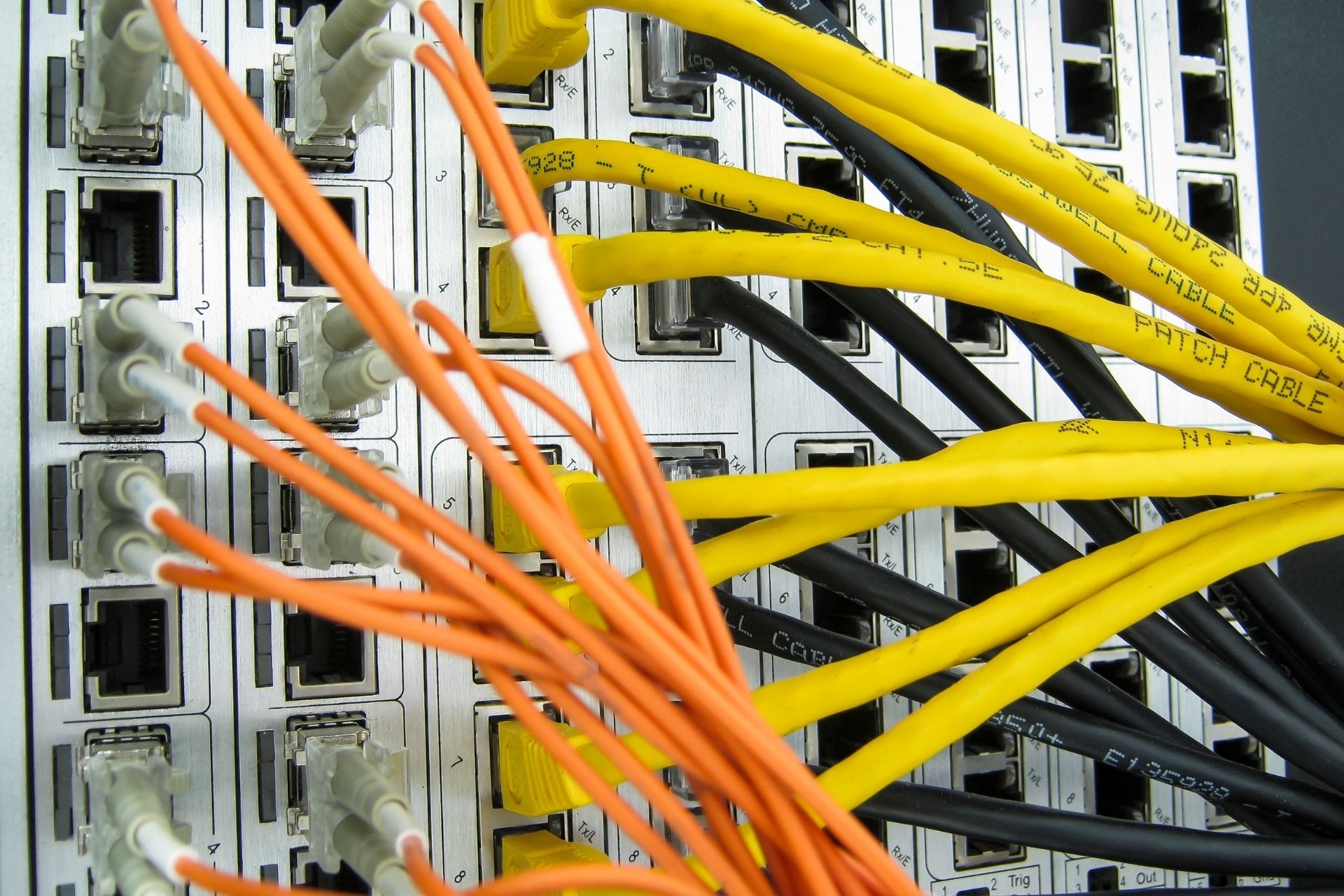Colocation Facilities
What are the benefits of choosing a colocation facility over hosting servers in-house?
Choosing a colocation facility over hosting servers in-house offers numerous benefits, including access to state-of-the-art infrastructure, enhanced security measures, and cost savings. Colocation facilities are equipped with advanced cooling systems, redundant power supplies, and high-speed internet connectivity, ensuring optimal performance and reliability for clients' servers. Additionally, colocation facilities provide round-the-clock monitoring and support, allowing businesses to focus on their core operations without worrying about server maintenance.



